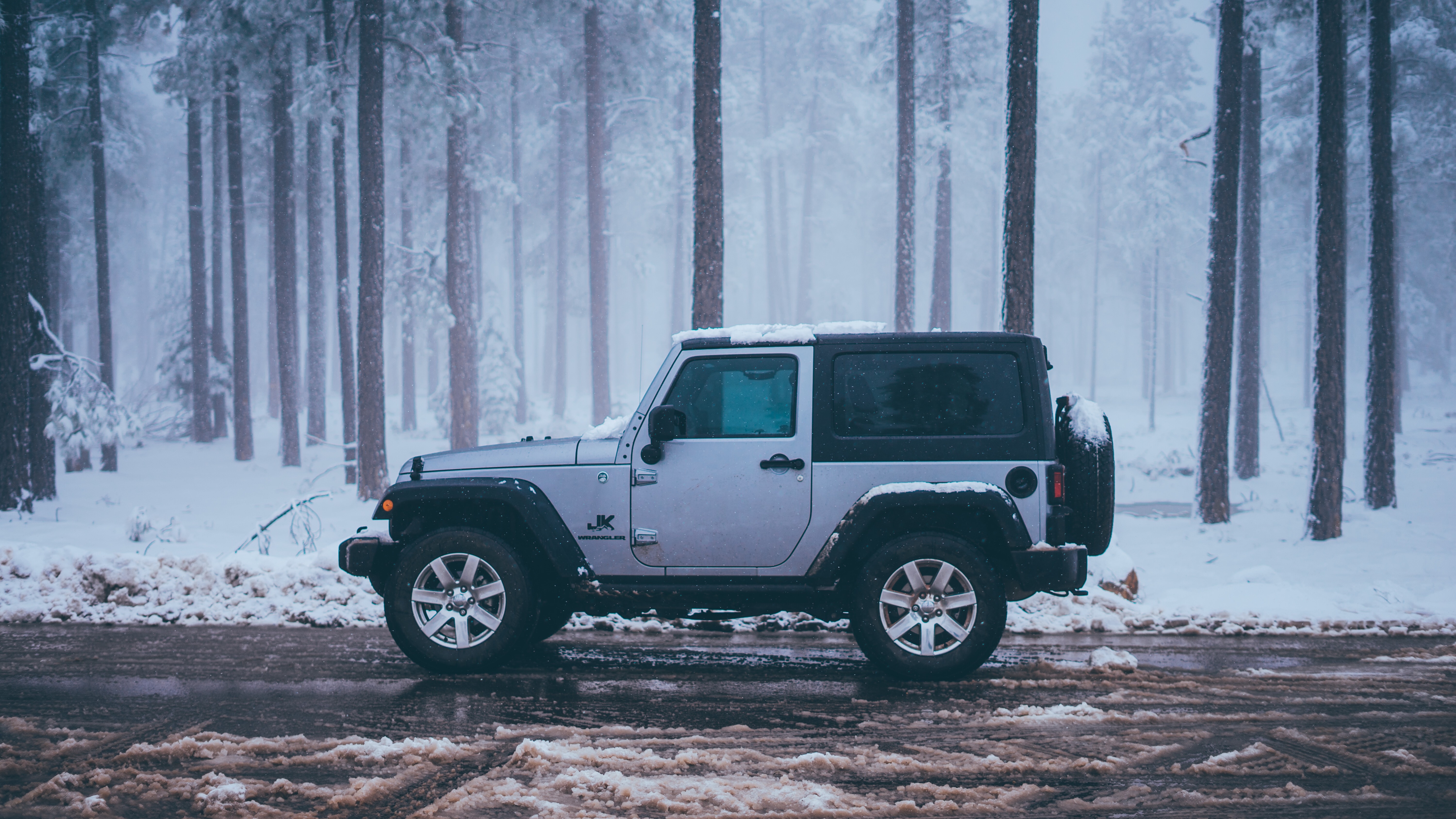TIPS WHEN DRIVING IN SNOW
- Slow down – even if snow is slushy or light, any accumulation can cause unsafe road conditions. Reducing speed gives you more time to react to an unexpected situation.
- Increase distance with the car in front of you – your braking ability may be hindered in snowy conditions. Always leave extra room between cars, giving you more time to stop.
- Don’t stop on a hill – try not to come to a full stop on an incline. The risk of losing traction increases when roads are slippery and your car is driving up or downhill.
---------------
TIPS WHEN DRIVING IN A BLIZZARD
Driving in a blizzard raises dangerous conditions like blowing snow and wind. Visibility can be reduced to only a few feet or worse. Follow the tips above, in addition to these:
- Turn on headlights – even if driving in broad daylight, turn your headlights and fog lights on to make yourself visible to others. If the storm is very bad, consider using your hazards as well.
- Wait out the storm – if there are whiteout conditions, consider pulling over to a safe area and waiting out the storm. Try to find a shoulder or the nearest exit if possible. If you are on the side of the road, turn on your hazards.
---------------
HOW TO HANDLE BLACK ICE
Contrary to the name, black ice is usually clear. You’ll likely run into black ice in the early morning after a snowstorm or rain the night prior and it froze overnight.
- Keep an eye out – look for pavement that looks wet or like new asphalt. If you find areas that look like this, slow down and use the breaks delicately.
- Increase car distance – keep a further distance from the car in front of you. If you lose control of the vehicle, you’ll want that extra room.
- Ease off the accelerator – black ice will make your car appear lighter. Use the accelerator as little as possible and be gentle with your steering.
---------------
YOUR CAR BREAKS DOWN – NOW WHAT?
- Stay in your vehicle – remain inside your car until rescuers are able to help you. If there is a building nearby, seek shelter there.
- Run your engine strategically – run the engine for a few minutes every hour. This will help you keep warm without burning through all your gas. Keeping your body moving will also aid with warmth.
- If stuck in an isolated area – outline large letters in the snow, reading HELP or SOS. Fill in the outline with rocks or branches.
- Last resort – if there are no other options, proceed by foot when the blizzard has calmed.




